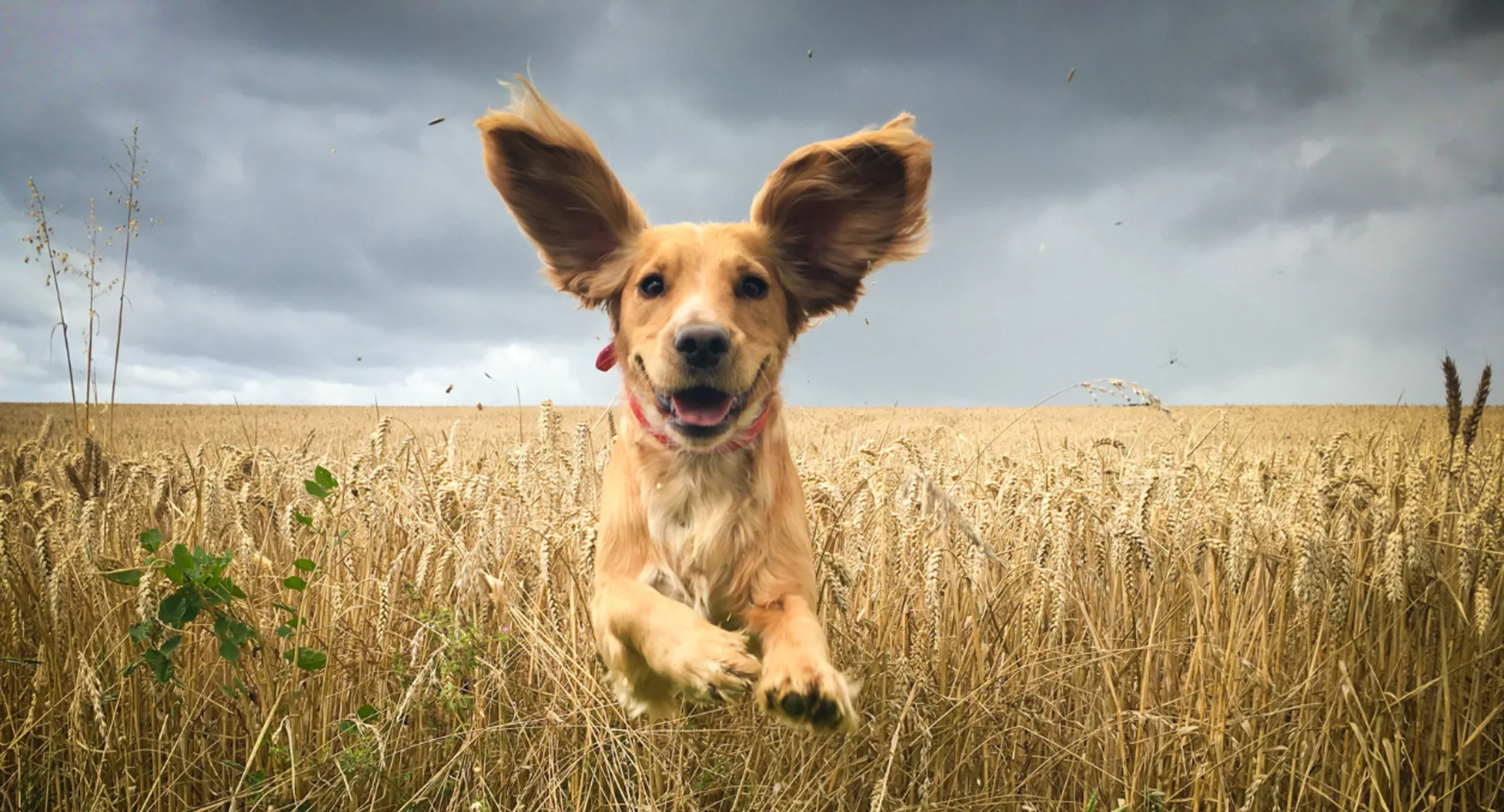What Pet Owners Should Know About Laparoscopic Procedures
Pet Health

When your pet needs surgery, it’s natural to have questions and concerns. At VESH, we offer laparoscopic (minimally invasive) techniques when appropriate — here’s what you should know about them, how they differ from traditional surgery, and what to expect before, during, and after the procedure.
What Is Laparoscopy?
Laparoscopy is a minimally invasive surgical technique in which small incisions and specialized instruments (including a camera) are used to access internal structures. Rather than making a large incision, the surgeon inserts a tiny camera (a laparoscope) along with miniature tools. The surgeon watches a magnified image on a screen to guide the procedure.
Compared to open surgery, laparoscopy typically offers:
Smaller incisions
Less postoperative pain
Faster recovery and return to normal activity
Lower risk of wound complications and infection
At VESH, when the patient and condition are appropriate, we prefer laparoscopic approaches because they provide excellent outcomes while reducing trauma to healthy tissues.
When Is Laparoscopy a Good Option?
Not every surgical condition is suitable for laparoscopy. The decision depends on your pet’s health, the anatomical site, and the nature of the disease. Some common laparoscopic procedures in veterinary medicine include:
Laparoscopic ovariohysterectomy (spay)
Laparoscopic gastropexy
Laparoscopic liver, adrenal, or bladder procedures
Laparoscopic-assisted abdominal explorations
Your primary veterinarian or our surgical team will evaluate whether your pet is a good candidate. Sometimes, open surgery remains the better choice, particularly in more complicated cases (e.g. large masses, extensive adhesions, prior abdominal surgery).
What Happens Before Surgery?
To best prepare your pet and minimize risks:
Pre-surgical evaluation
We perform a thorough workup — often including blood tests, urinalysis, imaging (e.g. ultrasound or radiographs) — to assess your pet’s general health and readiness for anesthesia.
Fasting
You’ll typically be asked to withhold food the night before surgery to reduce risks of aspiration while under anesthesia.
Anesthetic planning
Because laparoscopy still requires general anesthesia, your pet will be closely monitored by our anesthesia team throughout the procedure, from induction to recovery.
Client counseling
We will go over expectations: what the surgery involves, possible complications, postoperative care, and typical recovery milestones. We’ll also provide you with a tailored consent and estimate sheet.
What Happens During the Procedure?
During a laparoscopic procedure:
A small (often < 1 cm) incision is made to insert the laparoscope
Carbon dioxide gas is used to gently inflate the abdominal cavity, giving the surgeon space to see and work
Additional small “ports” are made for instrument access
The surgeon uses camera guidance to perform the operation (for example, removing or resecting tissue, ligating vessels, or suturing)
Once complete, instruments are removed, gas is released, and incisions are closed
Because the incisions are minimal, there is less disruption of muscles, skin, and underlying tissues.
What Should You Expect After Surgery?
After your pet’s laparoscopic procedure, you can generally expect:
A shorter hospitalization period — many pets go home the same day or after an overnight stay
Less pain, swelling, and bruising compared to open surgery
A quicker return to light activity
The need for close follow-up and adherence to postoperative instructions
Typical recovery milestones might look like:
Timeframe | Expectation |
First 24 hours | Mild walking, appetite may return, pain medications in use |
Days 2–7 | Gradual improvement, suture/incision site inspection, restricted activity |
Weeks 2–4 | More normal mobility, but still avoiding strenuous activity |
Several weeks–months | Full recovery and return to normal activity, as guided by surgeon |
We’ll provide a detailed aftercare plan including pain management, incision care, activity restrictions, and follow-up appointments (including rechecks or imaging, when needed).
What Are the Risks and Limitations?
While laparoscopy offers many advantages, no surgery is without risks. Possible complications include:
Surgical bleeding
Organ or tissue injury
Anesthetic complications
Infection
Conversion to “open” surgery if conditions (e.g. adhesions, unexpected findings) prevent completion laparoscopically
The risk of complications is relatively low in experienced hands, and we work to minimize them with strict protocol, monitoring, and patient selection.
Also, laparoscopy may not be suitable in every case (e.g. very large tumors, certain complex anatomy, prior surgeries, or extensive adhesions). In such situations, traditional open surgery might be safer or more effective.
Why Choose VESH for Laparoscopic Care?
At VESH, our surgical team is experienced in minimally invasive techniques and works in concert with our full-service diagnostic, anesthetic, critical care, and support departments. When you refer your pet to us, you gain:
A collaborative team approach (surgery, imaging, anesthesia)
Access to advanced equipment and technology
Individualized case planning and client education
Transparent communication and continuity of care
We believe that minimally invasive procedures shouldn’t just be a luxury — they should be accessible when appropriate for the pet’s best interest.
Final Thoughts & Next Steps
If your pet’s condition may benefit from a laparoscopic approach, we welcome your questions and consultations. We’d be happy to evaluate your pet’s case and discuss whether laparoscopy is a suitable option.
To learn more about our surgery services, or to schedule a consultation, please visit our Surgery Services page or contact us directly.
Let us partner with you to provide the safest, most advanced surgical care for your beloved pet.
